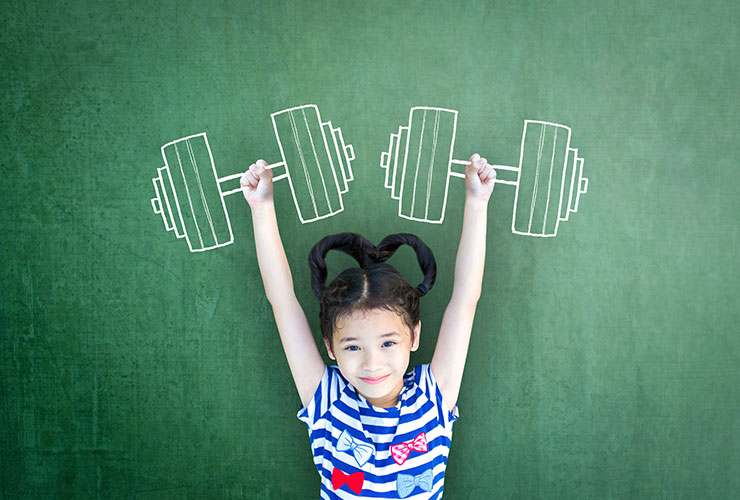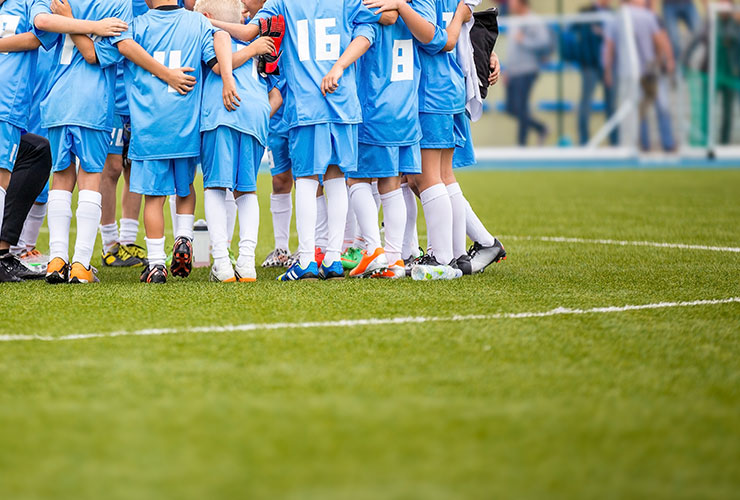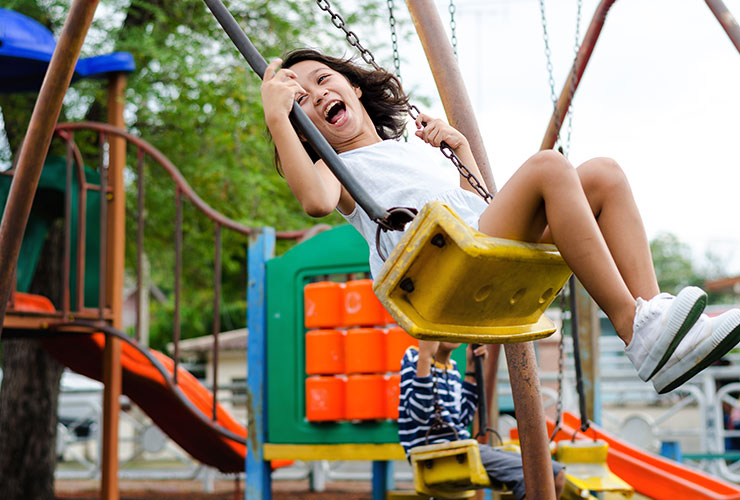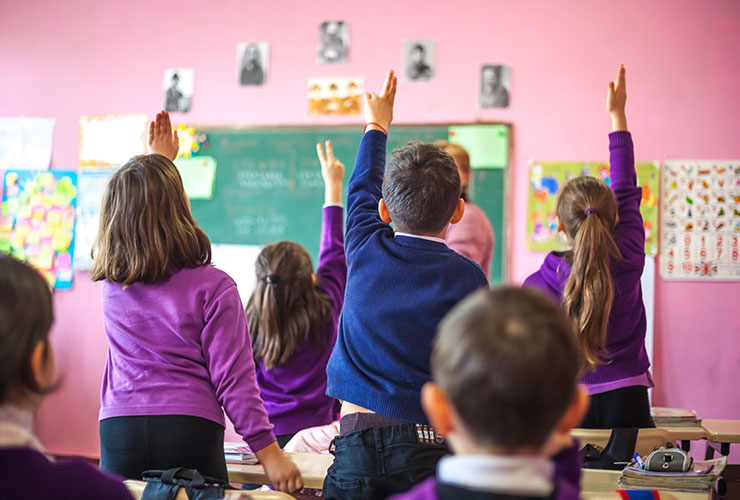Schools on the move: Physical activity benefits mind and body!
The typical picture of traditional schooling brings associations with all-day sitting, crooked postures and unbalanced minds. This, however, comes to an end with new and literally dynamic educational concepts.
A steadily increasing number of children and teenagers all around the globe are suffering from health problems related to a lack of physical activity, like obesity, metabolic diseases or postural defects. Initiatives bringing sports and daily movement back to schools want to repel this undesirable development and support youngsters in starting a happy and healthy life.
The most obvious benefit of sports and daily movement is the positive impact on a healthy physical development. Studies show how children have been losing general agility over the last decades, and how chronical overweight and even diseases like Diabetes type II, that used to be predominantly affecting elderly, become more and more frequent. Such findings are extremely alarming and need to be taken seriously. Luckily schools are responding to the challenge in multiple ways that yield benefits even in areas additional to the physical well-being.

First, there is a renewed emphasis on the rather traditional realm of extra-curricular sports clubs. Not only do they encourage children to get moving and continuously expand their physical abilities, but they also give them a sense of solidarity and support within a group, which additionally enhances their self-esteem and team work skills. These aspects are especially important for teenagers who might be struggling during adolescence, because regular and collective sports activities are highly suitable means to provide structure and backing. Rates of depression and anxieties are thus lowered, and even cases of teenage pregnancies, arrests or drug abuse decrease in this context.

A second innovative approach in order to increase overall movement is the idea of surpassing the concentration on special sports lessons, and to integrate an active component during the whole school day. In other words, movement has to become an omnipresent feature in the students’ daily routine: On the one hand, breaks are a perfect opportunity for children to run and play. Ideally a plurality of devices is provided, like skipping ropes, all kinds of balls, maybe even stilts or unicycles, that motivate children to exercise and improve their bodily skills. Similar concepts work just as well in after-school day-care. When the focus lies on fun also children that are usually having a harder time in sports class are comforted and happy to join, because there is no right or wrong, no gymnastic exercises to learn and no possibility for failure – it is only about the joy of action.

On the other hand, movement can be integrated into standard lessons to usefully assist in learning processes. There are many didactic strategies following this path: In a language class on capitalization rules the teacher can call out a certain word and the students stand up for a capital initial letter and duck down for a small one.
Likewise, movement can be used to ease memorizing or to re-enact processes and make them more comprehensible that way. Such effects of facilitated studying and remembering are owed to the fact that physical action heightens the brain activity. It is hence easier for children to pay attention and participate in class. Additionally, the students are more even-tempered as they counterbalance the continuous sitting and learning. As tiredness is combatted and stress and tension are relieved, they feel more comfortable, are quieter, are better able to concentrate and achieve higher results.

All in all, it becomes clear that increased physical activity in school holds great and multifaceted potential and needs further emphasis. It supports children in their daily routine of learning, it helps them to stay fit and healthy, and moreover it educates them about the importance and the essentials of a healthy lifestyle which strongly resonates beyond the school’s boundaries. Particularly the latter is the most important thing schools can do – educate students for a sound future.
Author: Andrea Ruscher
References
[1] Centers for Disease Control and Prevention (2017). Healthy Schools. [online] Available at: https://www.cdc.gov/healthyschools/index.htm
[2] The Foundation for Global Sports Development (2013). Benefits of School-Based Sports. [online] Available at: http://globalsportsdevelopment.org/benefits-of-school-based-sports/
Sports in schools (2017). Creating Change On & Off the Field. [online] Available at: http://www.sportsinschools.org/
